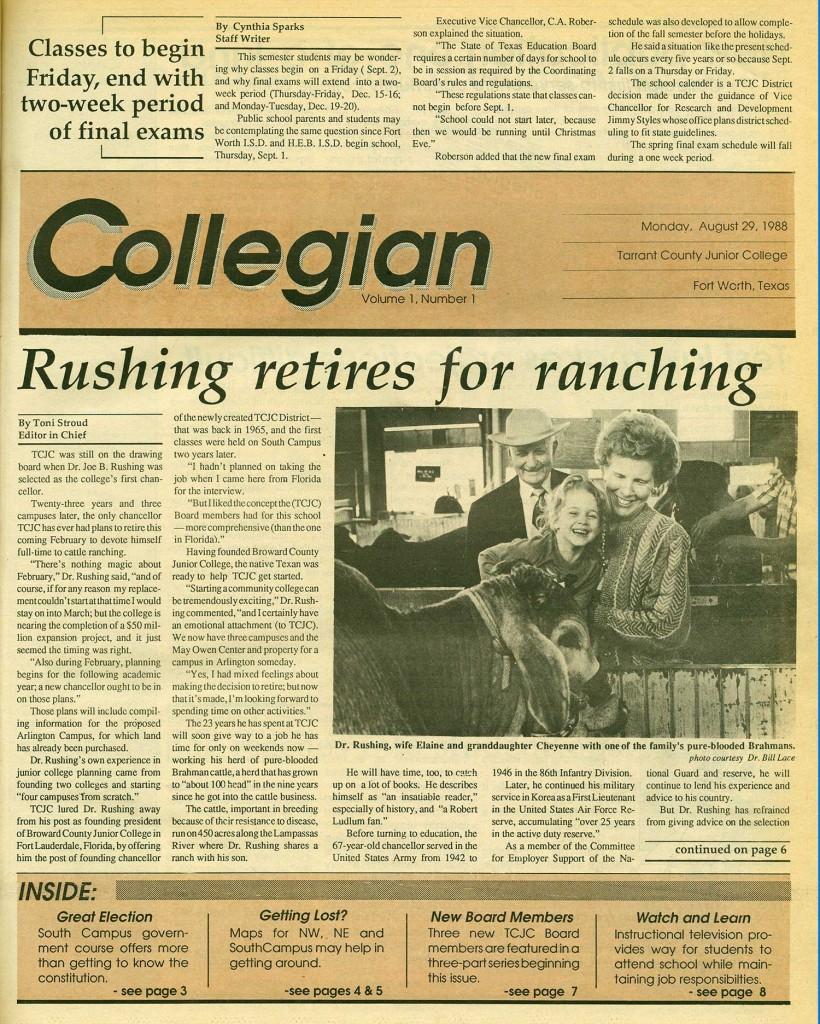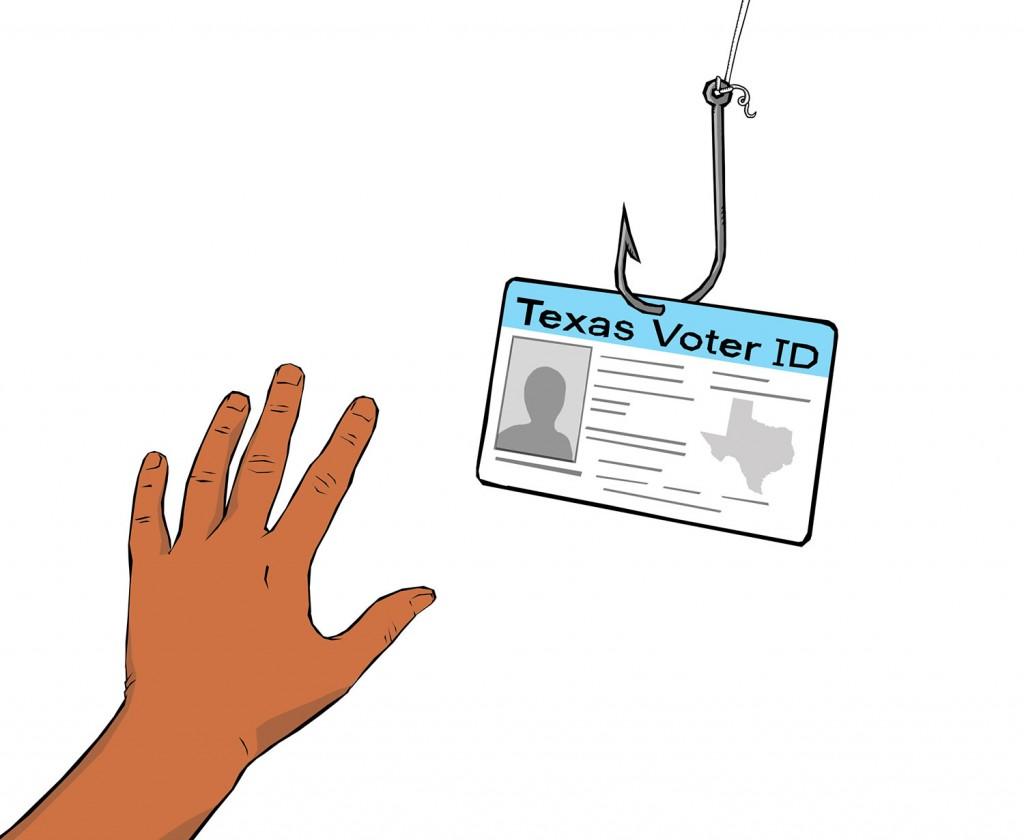By Elaine Bonilla and Kat Fay
Since 2007, students entering Texas universities have been challenged with a limit in the number of courses they can drop — six over their entire college career, no matter what university they transfer to.
The rule allows each university to apply its own restrictions and blocks on students once they reach the limit but maintains a strict limit of six dropped courses across the board.
Some exceptions exist for students who meet certain requirements, but these require the student to apply for an exemption as well as go through the proper steps to drop the course.
South registrar John Spencer said when the law initially took effect, the registrar’s office was very busy with exemption requests and helping students understand the new rules.
Since then, students have had problems understanding smaller portions of the legislation, but for the most part, it has not met much opposition in his office.
He believes students’ main problems are mechanical and not so much the number of courses they can drop. More so, the difficulty lies in what students face in going through the steps of meeting these requirements, he said.
Students who entered college before fall 2007 are grandfathered out of the law and can still drop courses without incurring any restrictions.
South Campus business management student Yxkra Blevins believes the law has given students a push to try harder in classes before dropping them, but she thinks all students should have the same regulations no matter when they started.
“I think people are more conscious of what classes they pick now and staying on top of those classes,” she said. “But the rule needs to apply to everyone. It’s not fair to only penalize one group.”
Blevins began taking classes part time after the fall of 2007 and has dropped only two classes. She believes this is a result of being more conscientious about classes because of the law.
On the other side of the ruling, Corey Fay, a part-time TR Campus student, began his classes in 2006. Unaffected by the drop six rules, Corey has been able to drop classes when needed because of work or life changes without the added stress of exemption and blocks on his registration.
“I don’t worry about that side of it,” he said. “It’s nice not to have that on my mind. As a working student, I have enough on my plate, and as long as I am paying for my classes myself, I should not have a limit on how many of those classes I can drop.”
Fay believes that as long as students and their parents are OK with the money not being reimbursed, the drops should not be counted. He suggested perhaps students should be required to pay back financial aid for dropped courses as a way to keep the drops to a minimum.
Spencer describes the rule as an “overcorrection” to address the problem of “professional students” (those who continue to enroll but never graduate) and to limit students from accruing too much financial debt from remaining enrolled. Although he has seen the problems students have with the ruling, he believes that it has been helpful.
Spencer wants students to know that the rule is not meant to hinder their academic progress.
“TCC is interested in student success,” he said. “Every campus meets with students and attempts to accommodate the need to drop when appropriate. It is not hard to find an excuse under the exceptions.”




























